Litochoro beach – Plaka
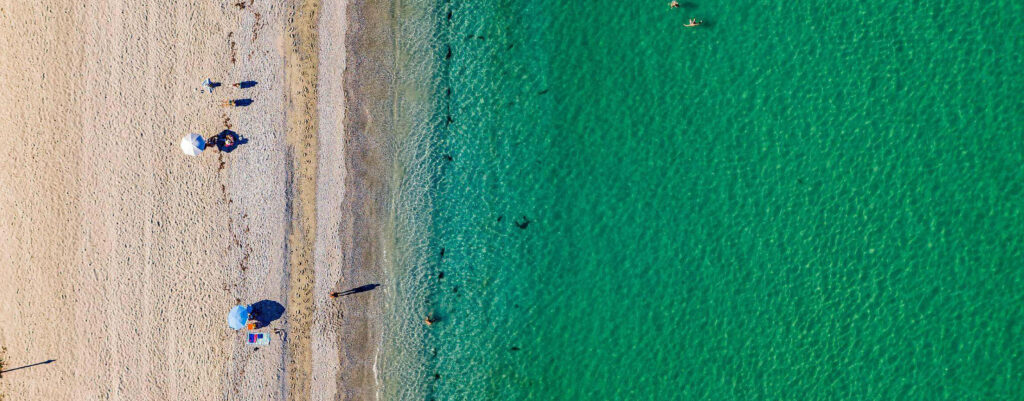
Plaka is a natural cove and is known as the harbour of Litochoro. Its long-stretching pebbly beach surrounded by natural rocks and shady plane trees compose an impressive picture.
Maritime museum of Litochoro
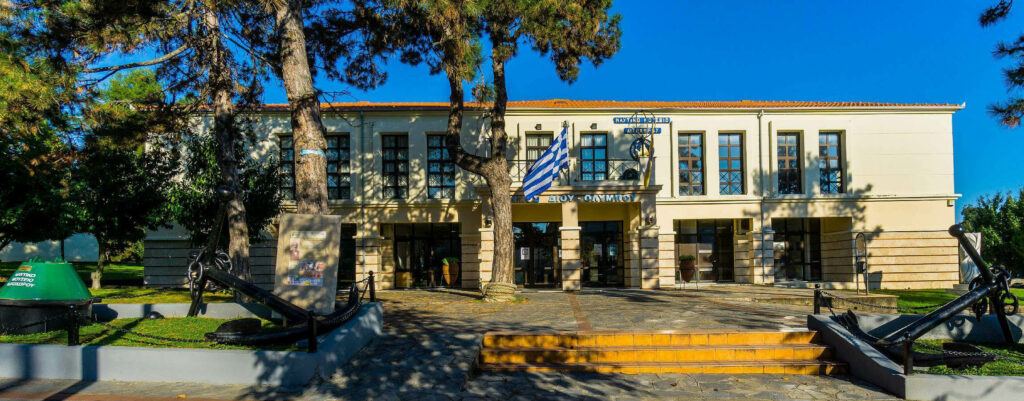
The maritime museum of Litochoro sheds light on an unknown side of the mountain town: the seafaring. This was the main occupation of the inhabitants from the 17th to the 19th century! Photographs, casts, and drawings of old sailing ships as well as various evidence (ship logs, marine contracts, marine sheets, sailors’ photographs, ship equipment and other items) from sailors’ families, ships and, generally, the maritime history of Litochoro.
According to the tradition, the first sailors came from Raedestos, Thrace, in the 15th century. During the centuries to follow and the Turkish occupation, Litochoro became a shelter to a lot of sailors chased away from all over the Aegean and the Ionian islands. During its flourishing period i.e. in the beginning of the 19th century, Litochoro owned a remarkable fleet of locally-built sailing ships, counting 150 to 200 small and large ships. Up to the first decades of the 20th century, the ships of Litochoro carried out the sea transport of Thessaloniki and the Holy Mountain while there are also captains who funded the construction of schools and churches in the town.
New monastery of Agios Dionysios
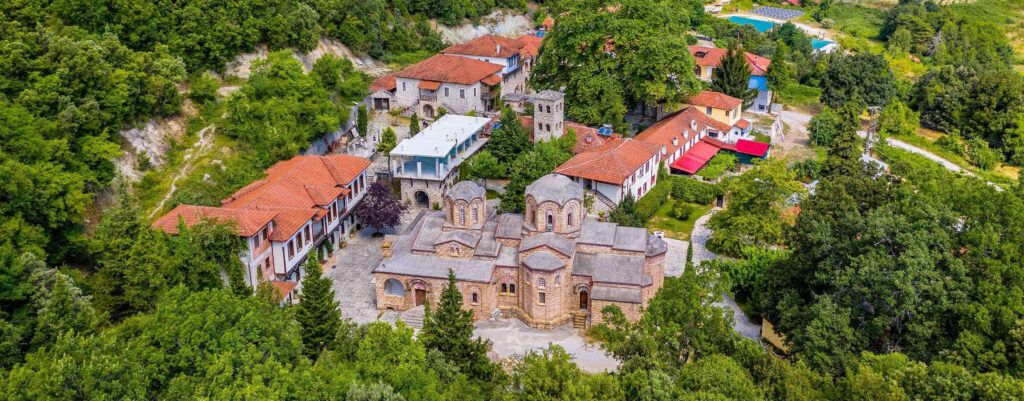
To the north of Litochoro lies the new Monastery of Agios Dionysios, where the monks of the old monastery were transferred after the latter was blown up by the German occupation forces in 1943. The new Monastery, which used to be the dependency of the historic monastery, keeps the relics that were saved from the fire (manuscripts, icons, crosses, etc.).
Olympus National Park Information Center
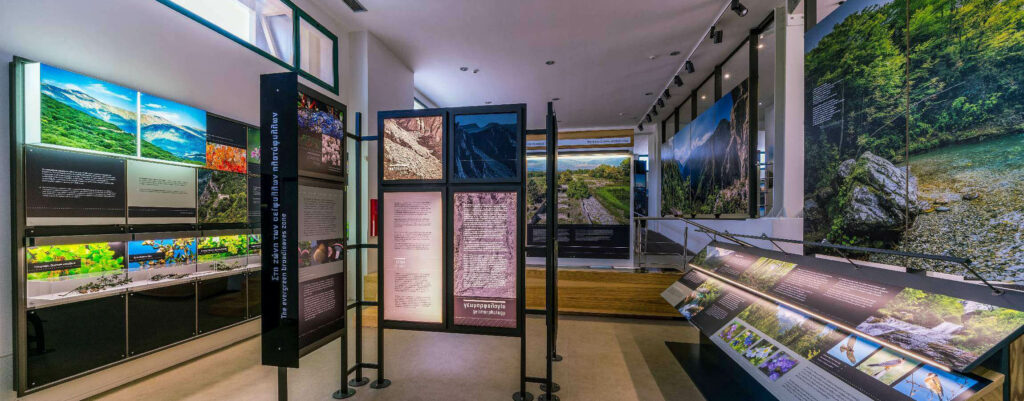
The first introduction to the mountain of gods takes place at the Olympus National Park Information Center, located in Litochoro. Through a plethora of digital images, exhibits, multimedia apps and slideshows, visitors can derive a wealth of useful information regarding paths and routes, data on landscape morphology, fauna, flora, climate, the history of the first ascent, etc. The center also provides, upon request, organized tours with its certified mountain guides.
Litochoro
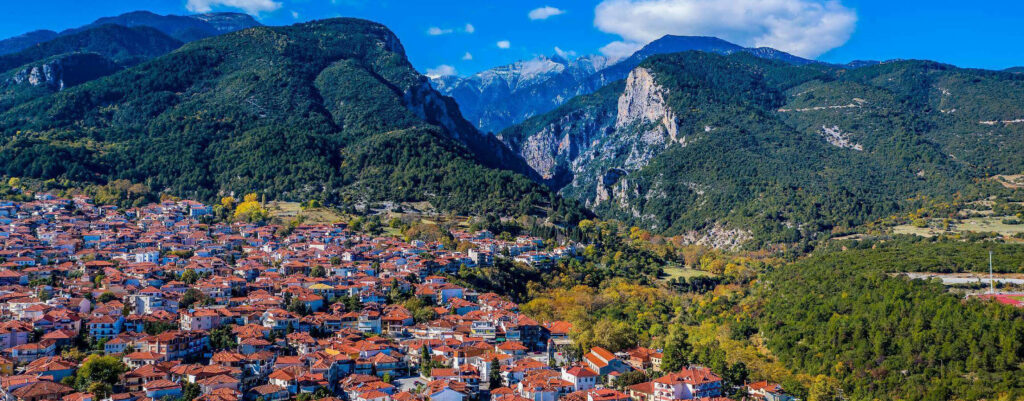
Litochoro is the big traditional settlement of northeast Olympus. It offers a harmonious combination of mountain and sea, historic tradition and traditional architecture with natural beauty. Litochoro, next to the gorge of river Enipeas, has all the contemporary infrastructure to serve the needs of its many visitors, and preserves the style of the old village and Macedonian architecture. Tradition has it that it was built by the people of the ancient neighbouring city of Pimpleia, after its destruction by the swollen river. Historic testimonies date the founding of the settlement to Byzantine times, in the 14th century; in the ensuing centuries, during the Turkish occupation, trade and shipping developed in Litochoro. The cultural and economic growth of the city is testified by the many churches and stone schools. Litochoro, although far from the sea, was a renowned shipping centre for centuries. The city that resides in the shadow of Olympus was a centre of national movements from the period of the Greek War of Independence to the National Resistance.